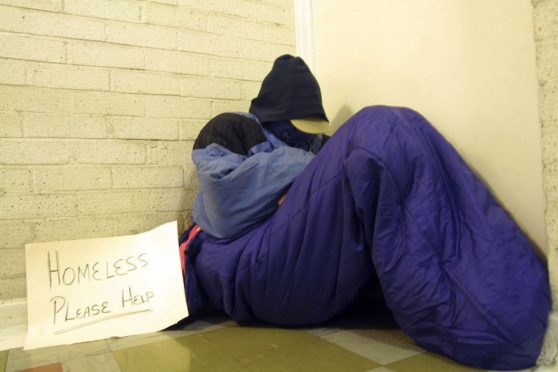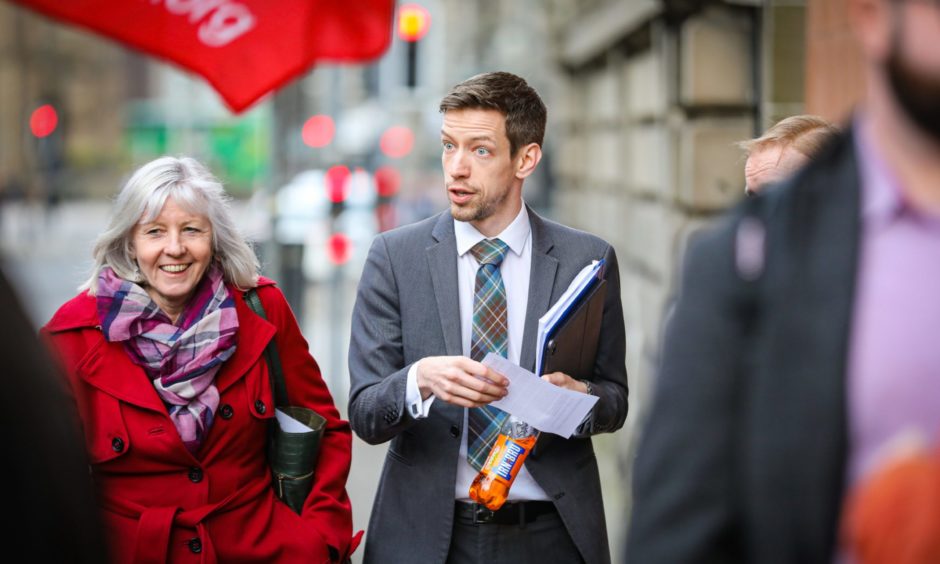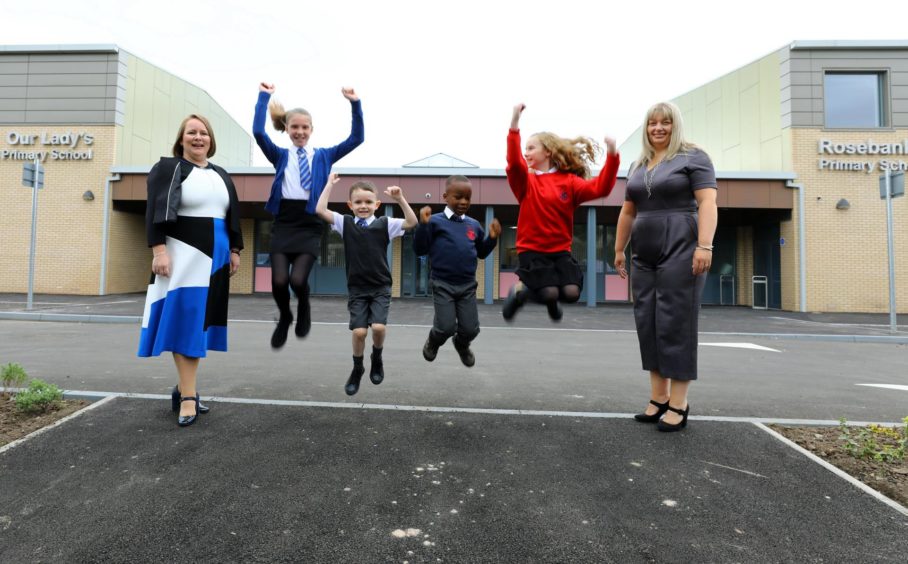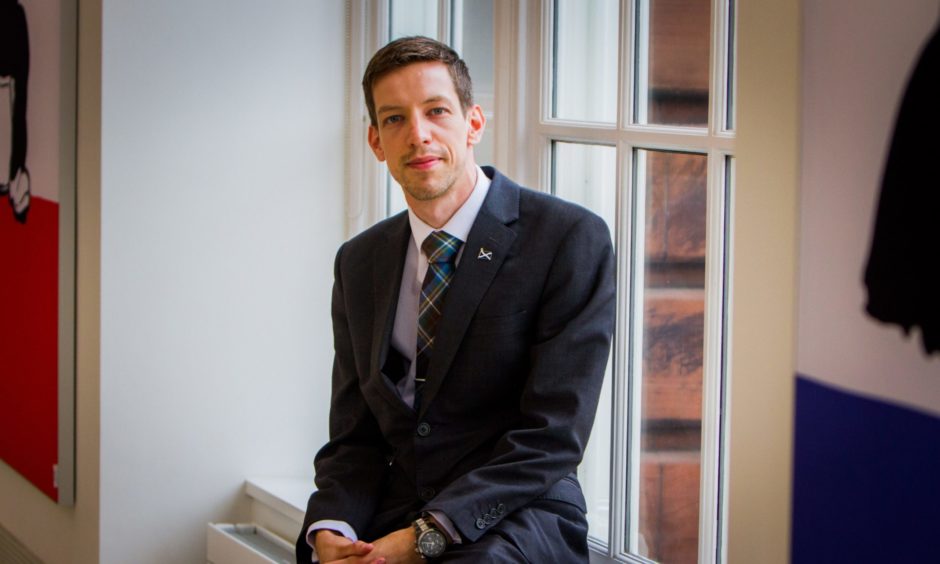Dundee City Council is set to spend £5.5 million to prevent homelessness over the coming year after the number of people without permanent accommodation sky-rocketed.
The continued multi-million-pound investment is part of the council’s budget which is due to be set in the coming weeks.
It was reported in September that Dundee City Council had seen a 16% increase in people seeking temporary accommodation, with the total number of households increasing from around 300 in mid-May to 420 by mid-August.
Convener of Neighbourhood Services, Anne Rendall said: “We work across the public and third sector to provide a variety of support for people finding themselves in a homeless situation.
“There is always more to do and we are determined to help change the system to deliver better outcomes for people.”
Through a combination of different accommodation and the newly-deployed Housing First model advocated by Social Bite entrepreneur, John Littlejohn, the traditional response to homelessness is being ‘flipped on its head’ according to the council.
Housing First prioritises the right to a home above the obligation to engage with housing support services or transitional housing arrangements first.
The Housing First model is designed to meet the specific needs of homeless individuals with often complex and interconnected support needs.
Rather than the focus being placed on ensuring someone is “tenancy ready” before giving them a permanent home, Housing First Dundee advocates giving someone a permanent, mainstream home first and then building the support around them to ensure they are best placed to keep it.
‘Not a one-size-fits-all approach’
Ms Rendall added: “We are continually looking at ways of improving the system and providing safe and secure accommodation, there is no one-size-fits-all approach.
“This funding is important, just as the housing first model brings something different to the table but it’s also about our ability to build more council houses.
“Another important component is increasing the supply of social housing, through housing associations and the council.
When we returned to administration in 2017, we increased the council house building target from 600 to 1,000 homes. With new funding from the Scottish Government, I’m hopeful that we can raise that still further.”
Dundee City Council’s £65m house-building programme has already resulted in hundreds of new properties, most recently at Alexander Street where a new school and community facility have also been delivered.
Leader of Dundee City Council, John Alexander said: “We are focusing on whole scale regeneration in communities as well as the economic redevelopment of areas of the city.
“New community centres in the Hilltown and Menzieshill, new schools in almost every community and an increase in the supply of social housing are all part of that strategy.
“If we only focus on one element, then we’ll miss the boat so the way we tackle the entrenched social issues is rebuilding communities and added support through initiatives such as housing first.
“Our budget set out a very clear strategy to increase funding to tackle drugs and poverty whilst also working with others to deliver more housing, better community facilities and generally, improved neighbourhoods. It’s not a ‘once and done’ job – but very much something our entire team are working to deliver.”
Between April 1 and December 31 last year, there were 1,098 applications made for homelessness assistance. Over the same period in 2019 there were 1,084 applications received – a 1.3% increase year-on-year.
“It is too early to see the impact of this second lockdown on the level of homeless applications to determine any commonality to the first,” Mr Alexander said.
“The housing service, in partnership with Dundee Health and Social Care Partnership and third sector partners have transformed homeless services to tackle the challenges of the coronavirus pandemic and maintain support to some of the most vulnerable people in the city.
“Housing staff and partners involved in the effort to provide lifeline assistance have very much taken on a ‘can do’ attitude.
“The pandemic has really brought into sharp focus the partnership working that supports individuals facing the challenges of homelessness.
“All involved have worked innovatively and flexibility, to make this difficult period slightly easier for those with complex needs.”
Information for homelessness support is available from the Dundee City Council website.
You can call also call the 24-hour Homeless Advice Line on 0800 633 5843 or 01382 432 001 from a mobile.
Organisations involved in helping people struggling with homelessness in Dundee include Transform, Action For Children, Hillcrest Futures, Dundee Survival Group, the Salvation Army, Dundee Women’s Aid, Dundee Health and Social Care Partnership, Tayside Council on Alcohol, Police Scotland, Health and Homeless Outreach Team and WRASAC.




